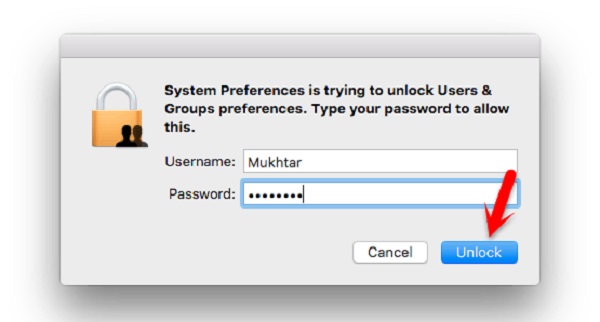
In macOS Recovery, there is a resetFileVaultpassword tool which can use the personal recovery key to authorize password changes and Secure Token resync. That should allow FileVault to work normally again. At the Reset Password dialog window, enter a new password and then click the Reset Password button.Īs part of the password reset process, the Secure Token attribute for the account will also resync. The encryption will unlock at this point and the Mac will boot.ĥ.

Enter the personal recovery key in the provided blank, then click on the arrow icon. There are two methods which can be used with a personal recovery key to reset a local account’s password and resync a Secure Token:Īt the FileVault login screen, the following procedure can be used to reset a local account’s password:Ĥ. Mobile accounts need to have password changes authorized by their parent directory service and directory services like Active Directory and Open Directory will not be accessible when using the tools and procedures described below. Note: The methods described below only work with local accounts. For more details, please see below the jump. In both cases, a personal recovery key will be needed as the way to authorize the needed changes. However, it looks like there is a workaround for encrypted Macs which fixes the password problem and sorts out Secure Token in these scenarios. Up until the past few days, the only fix I knew of for that situation was to back up the data and wipe the drive.


Usually, this happens because the local account password in question was changed outside of the Users & Groups preference pane in System Preferences and now Secure Token and the account password are out of sync with each other.


 0 kommentar(er)
0 kommentar(er)
